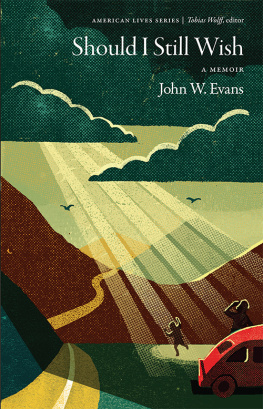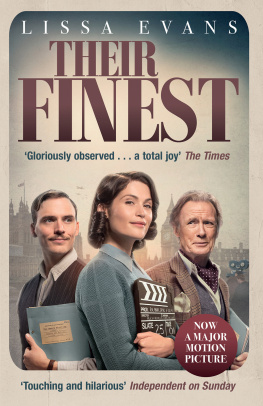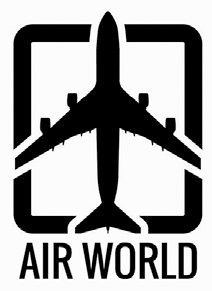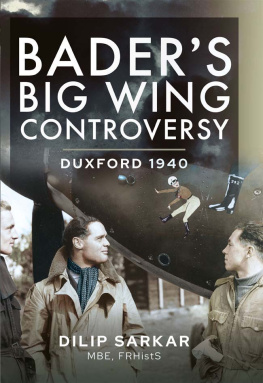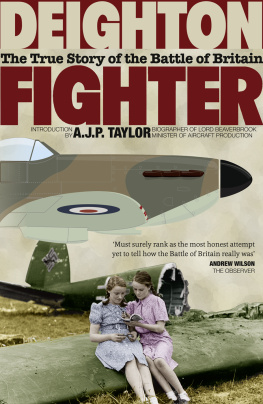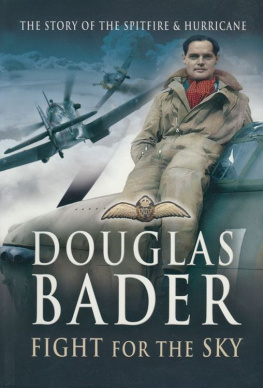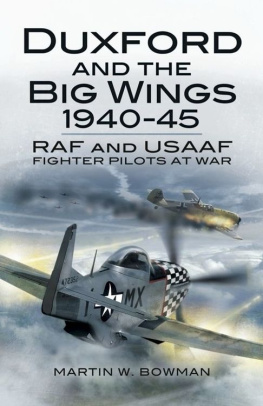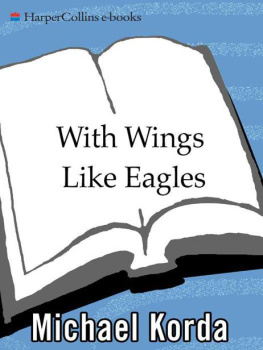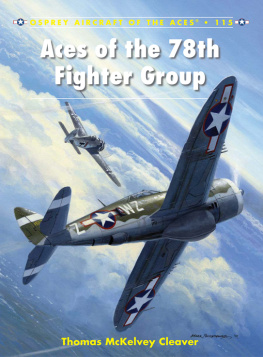Heroes of the RAF
RAF Duxford
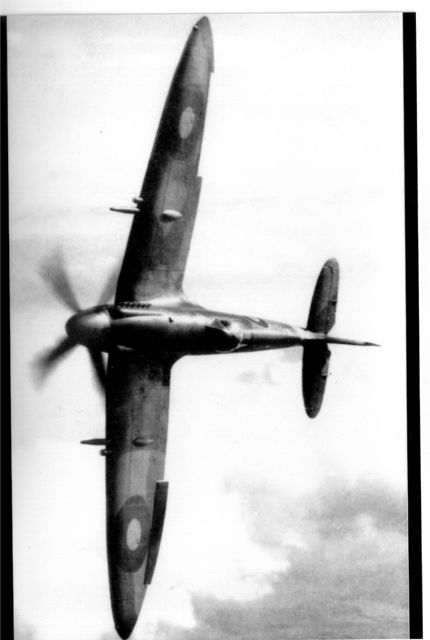
by
Michael Evans
************
This Edition First Published 2012
Published by Bretwalda Books at Smashwords
Website : Facebook : Twitter
Copyright 2012 Bretwalda Books
This ebook is licensed for your personal enjoymentonly. This ebook may not be re-sold or given away to other people.If you would like to share this book with another person, pleasepurchase an additional copy for each person. If you're reading thisbook and did not purchase it, or it was not purchased for your useonly, then please purchase your own copy. Thank you for respectingthe hard work of this author.
ISBN 978-1-907791-75-8

************
CONTENTS
************
The history of RAF Duxford dates back nearly 95 yearsand apart from a very few short breaks, this legendary airfield hasbeen active for all of that time.
The airfields origins lie in the second half of theGreat War. By 1917, more training establishments were needed forthe fledgling flying arm of the army and an early choice for atraining airfield was an area close to the village of Duxford,eight miles south of Cambridge. By the time that building work wascompleted, the war had actually ended, but this had not stopped thenew airfield from being used to train aircrew and ground crews,many of whom came direct from the United States.
Once the war ended, Duxford continued as a flyingtraining school. However, come 1923, it became a fighter base andwould continue in this role until 1961.
With such a long life there have inevitably been anumber of iconic highlights. In 1935 it hosted King George VsSilver Jubilee Flypast, with 182 aircraft in a formation thatstretched for nine miles across the Cambridgeshire countryside. In1938 it was the station where No.19 Squadron received the firstSupermarine Spitfire to enter RAF service.
Many famous squadrons have been associated withDuxford over the years and among the countless numbers of personnelare many who can be included in the ranks of true heroes.
Keith Park, who later became commander of 11 Group,responsible for the defence of London during the Battle of Britain,was a squadron commander at Duxford in the 1920s. It was during theBattle of Britain that the Duxford squadrons developed thecontroversial Big Wing that was regarded with such disapproval byKeith Park, but was so favoured by Trafford Leigh-Mallory,commander of Number 12 Group and Douglas Bader, CO of No.242Squadron.
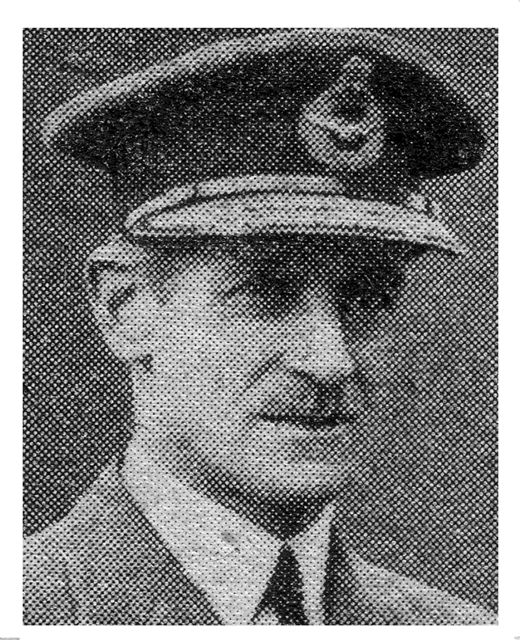
KEITH PARK
New Zealander Keith Park served in the Royal FlyingCorps during WW I. In 1927 he became commander of 111 Squadron atDuxford and later controller of No 11 Group during the Battle ofBritain.
Following the Battle of Britain Duxford became thehome of a number of specialised units, including the Air FightingDevelopment Unit with its collection of captured German aircraftthat were used for evaluation purposes after they had been restoredto flying condition.
For 30 months from March 1943 to the ending ofhostilities, Duxford was the home to the three squadrons of theUSAAF 78th Fighter Group. During that period the American airmenflew 450 missions, destroyed 697 enemy aircraft and lost 180pilots. The Group received two Distinguished Unit Citations.Following its return to the RAF, for 16 years Duxford was heavilyinvolved in the protection of Britain during the Cold War, butpriorities change and 43 years of service life came to an end in1961 when the RAF moved out.
Apart from a burst of action in 1968 when theairfield was used during the making of the star-studded film Battleof Britain, things were very quiet until in 1971 when the ImperialWar Museum began to take an interest. It had been looking forsomewhere to store, restore and possibly display some of its largerexhibits.
One thing led to another and the last three decadeshave seen this historic airfield become the home of a unique andinternationally acclaimed museum where history really is in theair. Regular air displays of vintage aircraft throughout the summermonths continue to ensure that after more than 90 years Duxfordcontinues to be a living airfield.
************
THE EARLYYEARS
As the bells rang out for the beginning of thetwentieth century, in the eyes of most Europeans the world hadnever seemed more prosperous and stable. The empires of Europecontrolled and encircled the globe and trade and prosperitycontinued to grow.
While it was true that there were already worryingsigns of a rise in international tensions, there had been no majorEuropean war since 1815. Very few of the New Year revellers wouldhave thought that within 14 years the military might that hadallowed Europe to dominate the world would suddenly be turned onitself. Still less would they have accepted that this would lead toa terrifying demonstration of the destructive power of industriallyproduced weapons.

ROYAL FLYING CORPS POSTER
This Royal Flying Corps recruiting poster dates from1913. Men were required for various trades for pay ranging from 2/-(10p) to 9/- (45p) per day. Pilots could receive as much as 13/- aday (65p).
This was a period of advancing technology and in July1909 Louis Blriot won the London Daily Mails 1,000 prize forbeing the first person to cross the English Channel in a heavierthan air craft. Astute tacticians soon realised the militarypotential of aircraft and on 13th April 1912, King George V signedthe royal warrant establishing the Royal Flying Corps (usuallyabbreviated to RFC) and by the end of the year there were 133officers with 12 manned balloons and 36 aircraft.
When the war with Germany began on 4th August 1914,Britain had around 113 aircraft in military service. Of these theRFC sent four squadrons to France; numbers 2, 3, 4 and 5. Eachsquadron had 12 aircraft and with other aircraft in depots thisgave a total strength in France of 63 aircraft, supported by 900men.
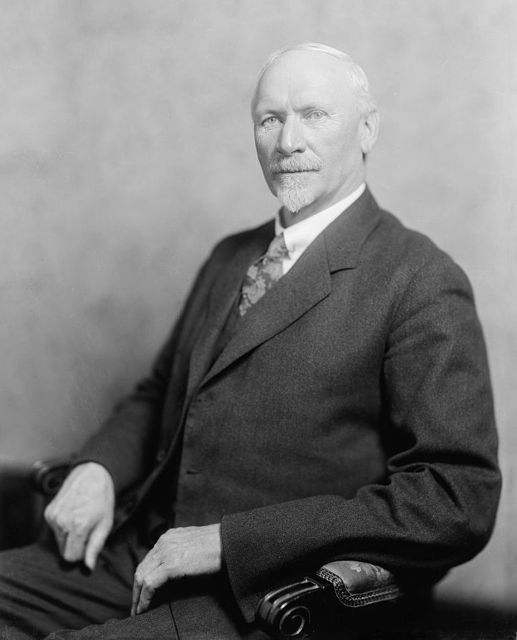
LIEUTENANT-GENERAL JAN SMUTS
The War Office and the Navy both wanted control ofBritish air power and Lloyd George gave Lieutenant-General Smutsthe task of conducting a review. Following his recommendation anindependent RAF came into being on 1st April 1918.
Very early on it became clear that the Royal FlyingCorps was going to make a valuable contribution. Up until that timecavalry units had carried out most reconnaissance duties, butbecause of the trench deadlock this was no longer possible. The useof aircraft was the obvious answer. It was not for another year orso that the possibilities of dropping bombs and mounting machineguns in aircraft began to be exploited.
Before long, the rapid expansion of the Royal FlyingCorps and the Royal Naval Air Service was leading to a whole rangeof organisational problems and some form of streamlining wasnecessary. The War Office and the Admiralty both felt that theirinfluence should be paramount in air matters, but the PrimeMinister, David Lloyd George decided to ask the eminent SouthAfrican, Lieutenant-General Jan Smuts to look at the matter as animpartial observer and to report back.
Next page

